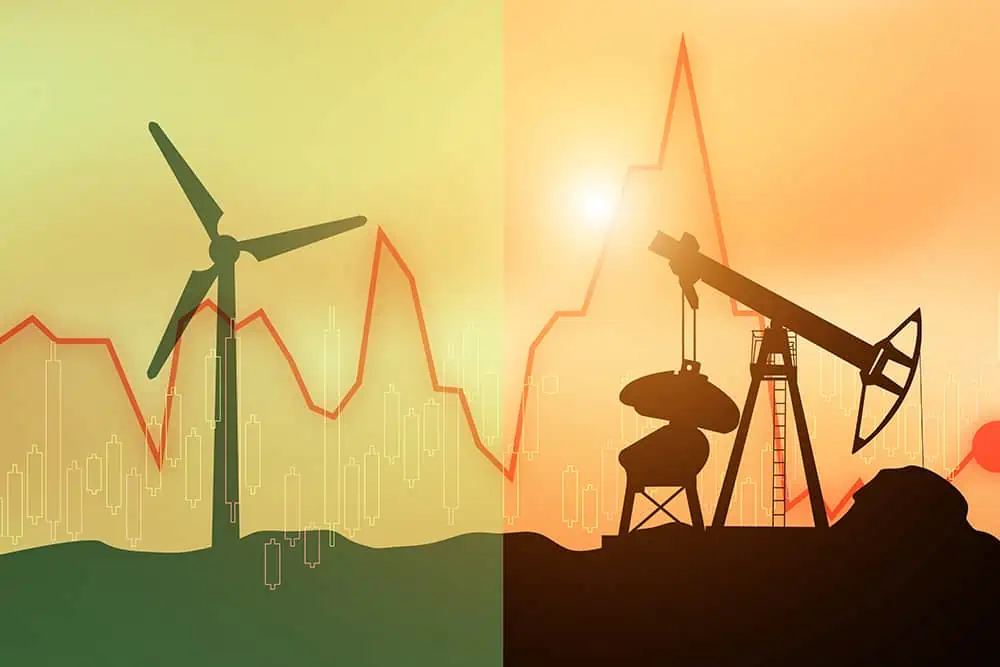Art Berman May Newsletter Preview

The trajectory of oil prices has changed course since early March and it is downward.
Analysts continue talking about incredibly tight supply and prices going to $185 or higher but WTI price appears to be converging on about $100 per barrel.
This follows two years of price discovery after the April 2020 price collapse in which price fell to -$38 and then increased to $124 (Figure 1). After averaging only $20 from March 15 through May 15, 2020, the annual average recovered to $39. In 2021, the average price rose to $72 and is now $97 per barrel so far in 2022.

Price peaked at $123.70 on March 8 and has since decreased to $102.41 (Figure 2). Higher frequency cycles since early March have exhibited lower highs and flat-to-slightly rising lows. The triangle or wedge pattern shown in Figure 2 gives no clear direction for prices going forward—only that WTI price discovery has been achieved for the near term at around $100 per barrel.

Key Factors for Price Stabilization
A key factor for price stabilization is that markets no longer expect Russian oil exports to fall as much as initially feared following the Ukraine invasion. Russia exported an average of 7.5 mmb/d of crude oil and refined products in 2020 and 2021. Exports were boosted to an average of 8.1 mmb/d from October 2021 through March 2022, probably in anticipation of sanctions (Figure 3).
Exports were about -0.9 mmb/d lower in April than in January 2022 and EIA’s Short Term Energy Outlook projects a decrease to -1.4 mmb/d lower by year-end & -1.6 mmb/d lower by December 2023. If this is correct, Russian exports by the end of 2023 would be slightly more than at the depth of the Covid price collapse in mid-2020.
The take-away is that the loss of Russian liquids is expected to be about -0.34 mmb/d more than 2021 levels. It comes at a bad time for global supply but the loss is not nearly as serious as many analysts imagine when put into its proper context.

Like Art's Work?
Share this Post:
Read More Posts